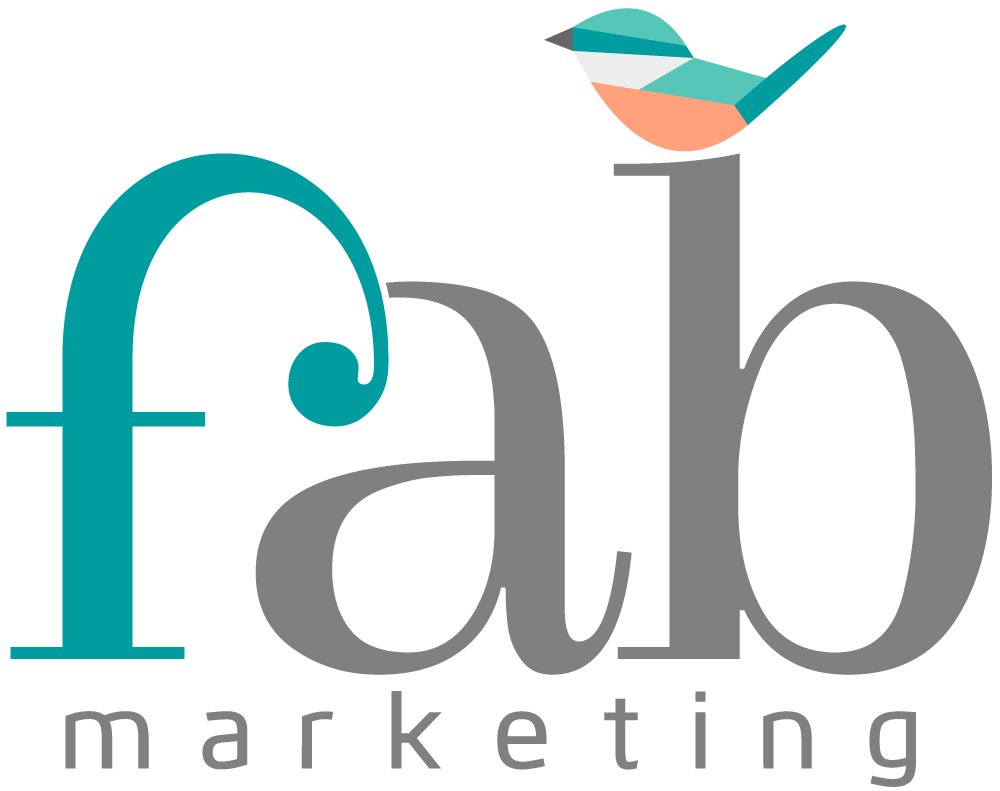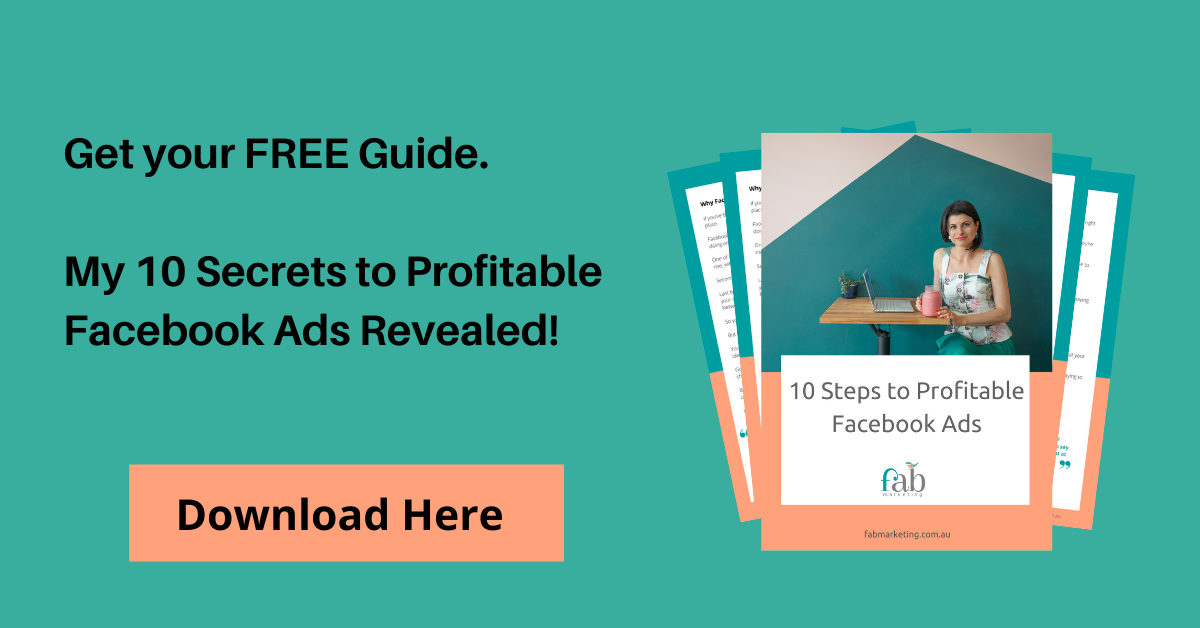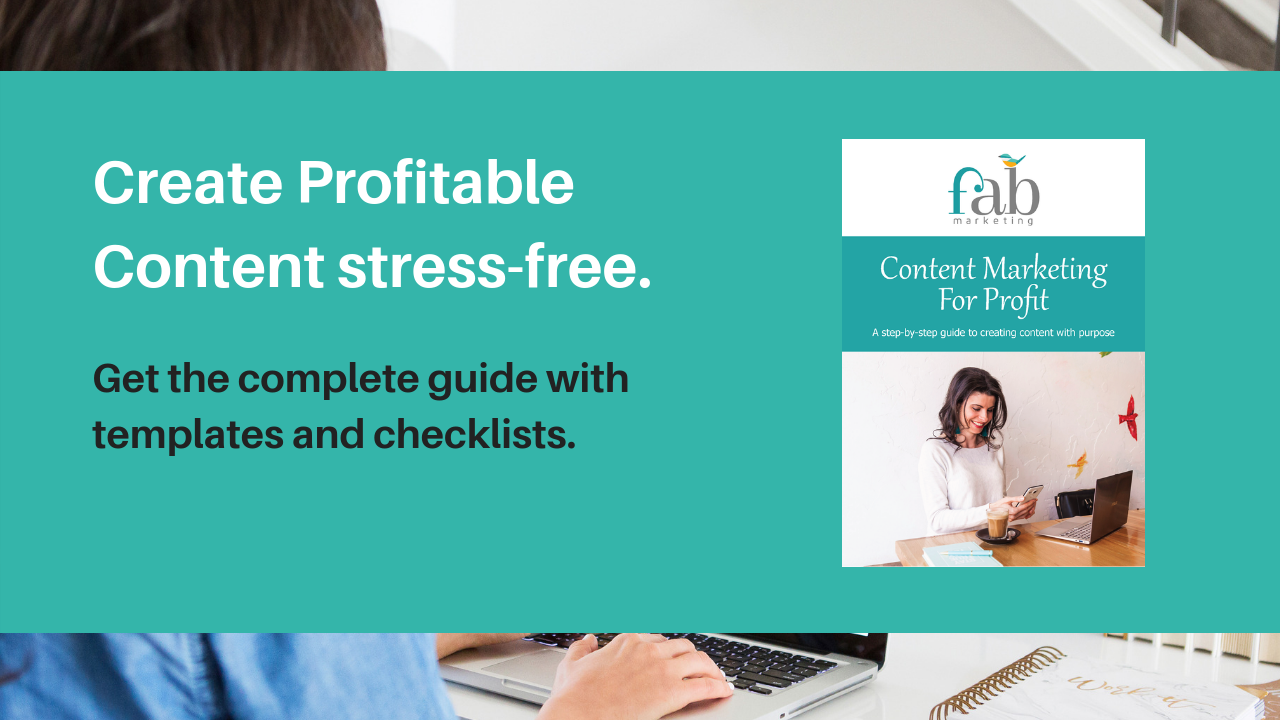How to increase your website conversion rates: for service-based businesses
/9 Practical tips service-based businesses can implement today.
>> PS. If you have a product or ecommerce business, go to this blog.
Whether you have a brick and mortar or an online business, your website is extremely important to help you attract more clients, make sales and grow.
Usually, businesses pay top dollar to a web developer to create a beautiful and functional website.
Then, they invest more money and resources sending traffic to their website through content, advertising, social media, or other means.
But the question is, how many people who click on your website convert?
What’s website conversion and website conversion rate?
Website conversion occurs when people visiting your website take a desired action, such as: inquire, call you, subscribe to your email list, share your content or purchase.
Conversion rate is the percentage of people that convert. So, If you have 1000 visitors per week, and 30 people subscribe or inquire, your conversion rate is 3%.
Conversion rates vary depending on industry, but on average, you’d be looking at 1.5% and 10% conversion rates on a website.
This percentage varies a lot when we refer to opt-in landing pages, e-mail, and sales funnels.
If you’re interested in learning more about conversion rates by industry, check this article or this one.
The reality is that less than 3% of people visiting your website for the first time are ready to buy now.
What happens to the other 97% of people? Are you losing all this traffic?
Here’s what you should aim for:
Your website should be optimized for inquiries first, so those who are ready now proceed to contact you and inquire.
Second, your website should be optimized for e-mail list subscriptions. So, you can convert a percentage of your visitors into subscribers and build a relationship through email marketing.
Here are 9 tips to increase website conversions for service-based businesses.
1- Have a clear, benefit-driven message
Upon landing on your website, can your prospective clients tell in 5 seconds:
What it is that you do?
Who you do it for?
The main benefit of what you do?
How you’re different from your competitors?
What they should do next?
Sounds a lot?
Here’s an example:
“We create customized Facebook advertising campaigns and sales funnels for lifestyle brands, so you can make more sales in less time, stress-free. Schedule a 30min chat to see how we can help you.”
Those two sentences cover all 5 elements I’ve mentioned above.
Attention span is short nowadays. Ask your family and friends to look at your website and tell you how clear it really is.
Can they understand what you offer and why your target market should contact you?
If not, it’s time to review your website. It will only take a few seconds for people to decide whether they’ll check you out further or not.
Often people think they need more traffic, but, their website conversion is the problem.
>> Check this video for the 3 main marketing problems small businesses face and how to fix them.
2- Display testimonials on every single page
Opposite to product-based businesses, service businesses don’t have a tangible product to showcase.
Buying a service poses a much greater risk than purchasing a product. Because you won’t know how the service is before it’s been delivered.
Showcase your best testimonials on your home page, and in fact, on every page of your website, to give your prospective clients a taste of how it feels like to work with you.
If you have video testimonials, even better! The more authentic and believable your testimonials, the better.
Also, display a photo of your clients or their logo (if you work with businesses) next to your testimonials to increase credibility.
What people want is to remove the risk of hiring you. So, if you can show them you’ve done an excellent job before, they will feel more comfortable contacting you.
>> Not sure how to get more testimonials from your past and current clients? Check this blog here.
3- Have a clear and visible call to action
Every page of your website has a job to do.
Your home page should tell your visitor what you are all about and give an overview of your services and what they can find on your website.
Your sales page should, well, help you sell your services.
Your about page should tell your visitor more about you, the person behind the brand, the brand itself, your story, how your story connects with your target market and why you are the best option for them.
All of this may sound obvious, but you’d be surprised.
Include ONE clear, visible call to action on all pages of your website. Don’t confuse your market by telling them to do several things.
Tell them exactly what to do next, and they might as well do.
Some research shows that placing your telephone number on the top of the page will increase inquiries.
Oh, and don’t put your call to action only at the end of each page. Most people won’t scroll all the way down. You can repeat your call to action throughout your page, just don’t overdo it.
4- Provide many opportunities for your visitors to subscribe to your email list.
As mentioned before, no matter how awesome your website, the majority of people visiting it for the first time (around 97%) are not going to buy or inquire now.
That’s a huge number of prospective customers you’re losing if you’re not capturing their emails to take the relationship further.
Invite your visitors to subscribe to your email list by offering a lead magnet (freebie) right on top of the page before they have to scroll down.
I’m not a big fan of pop up boxes, except for exit intent boxes, which pop when visitors place the cursor near the exit. If they’re about to leave, you might as well ask them to subscribe.
>> If you want more in-depth tips on email marketing, check this blog.
5- Install your Facebook Pixels
Taking the risk of sounding like a broken record, I can’t stress enough how important it is to install the Facebook pixels on your website.
By doing so, you can advertise to people who have already visited your website, which will increase your conversion rates and potentially, your sales.
>> In this article I explain better how the pixels make your ads far more effective.
>> If you don’t know how to install the pixels, check this tutorial here.
6- Display your blogs on the home page
Make your website a source of helpful information to your clients, address common questions and purchasing objections by writing a blog.
Don’t leave your blog hidden, display your blog titles and perhaps a snippet on your home page, so your visitors can easily find your content.
The longer people spend on your website, the more likely they are to take a desired action, and to perceive your brand as valuable.
Writing a blog is a great way to connect with your audience, show them you care about them, know your stuff, and position your brand as an authority in your industry.
Don’t know what to write about or struggle to create content? Download my content planner here or get the FAB Content for Profit e-book and Templates here.
7- Showcase awards, media features, accolades
It’s essential to instill trust in your audience, otherwise they won’t hire you.
Awards, media features and the like will help you increase trust very quickly.
You can go on forever telling people how good you are. But when others tell how good you are, it’s much more believable.
Don’t be shy to display all your accolades, media features and achievements on your website.
8- Answer FAQs
Include an FAQ session on your website, preferably on your sales pages.
Answering your target market common questions, and telling them more about your processes, prices, guarantees and service delivery will help create trust and will also help people self-qualify.
List the most common, frequently asked questions and purchasing objections you hear from your audience and answer them in your FAQs.
Everything you're doing is removing barriers to purchase, decreasing the risk and creating trust. That's what it's all about.
9- Include a live chat box on your website
If you have the means to answer questions and chat immediately with your website visitors, include a chat box to your website.
Live chat provides your visitors the chance to ask questions on the spot.
Usually it takes at least 24 hours to get an email answered. A phone call will take time out of your audience busy lives, but live chat is instant and easy.
Furthermore, people can multitask while live chatting, which makes it really convenient.
Live-chat also helps with customer decision-making. Usually when people engage in live chat they are interested in buying and might need a few answers before proceeding to book, inquiry or purchase.
Answering questions and talking to your prospects while they are on your website will increase your chances of making a sale.
CONCLUSION
Website conversion rates should be a top priority for any business.
It’s a huge waste of time, resources and money to send traffic to your website if your website doesn’t convert.
However basic these tips may sound, trust me, I review and audit websites regularly, and most wouldn’t pass the test.
Go check your website and see if it ticks all the boxes. If not, start applying these tips straight away and soon enough you should see more subscribers and inquires.



